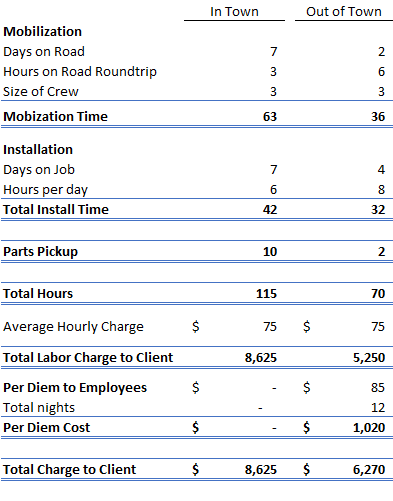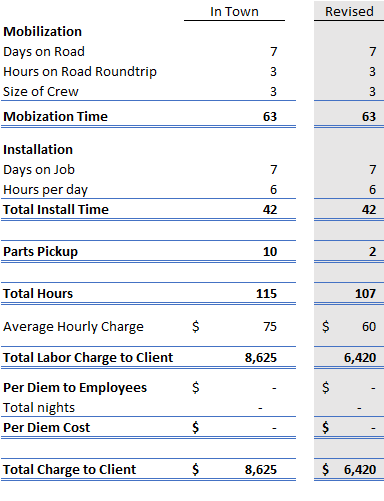Growing a business can be challenging. It doesn’t help that there are lots of books and internet articles explaining how so-and-so did it with no investment and no effort. Those stories might be inspiring, but they don’t always tell you the whole story. What those stories aren’t telling you might cause you to chase a plan for longer than you normally would. No small part of that has to do with alignment.
Alignment in business is all about making sure your marketing, your message and ultimately your assets all support your core business. A great example of this came from a company I was assisting as an outsourced controller. At a strategic retreat, the leadership decided it wanted to start going after larger commercial construction projects. This was a great idea but it meant more than just saying “here we are.”
First we had to deal with the fact that most manufacturers did not adequately plan for their liquids and gas piping. And yet, in order to do the job well, the piping needed to be planned. Client’s did not have specialists on staff to handle this nor did most architectural firms. Don’t get me wrong, they had a good idea of how it needed to be, but some things are highly specialized. To be successful the Company needed to invest in an engineering team.
The engineering team needed the right tools. Auto-cad, plotter and a quiet place to do the design work. Not to mention a large space where the team could meet with clients to review the plans and requirements.
The company then needed to get the message out to the construction community. The company’s sales team needed to be armed with information to help clients in their selection process. We had to successfully educate them that lowest bid is not always the most appropriate bid.
Finally, the company needed to address its pricing model. There was an obvious disconnect that was hamstringing the growth and adoption of the new service. The company was moving from a repair and maintenance service to a construction service
but management was still using their service rate to try and price the construction.

The company was pricing local jobs about 20% higher than out of town work. This was driven by two issues – first daily mobilization from an office no nearer than 15 miles from the nearest likely construction site and second applying the service rate to the total time. The service rate worked well for service – it required some technical skill to diagnose a problem with a gas distribution system and the client expected to pay for the “emergency” nature of the call-out which included travel time to get to the job.
This doesn’t always apply in construction. And because of this, the company was not completely aligned. Local jobs were being lost and the company had work coming out of its ears hundreds of miles away. The crews were tired of being away all of the time and it was harder to manage if things went sideways at the jobsite.
So, the sales manager, the engineering manager and I sat down and figured out how to get aligned. The estimate was redesigned to charge a lower rate for mobilization in town. The engineer generated a bill of materials for every job – one problem was that local jobs were not getting the same supporting documents since it didn’t seem like a problem to run around town and pick up parts when the crew was local – all of which allowed the company to still make a substantial profit on jobs, since the company was now able to land local contracts which reduced wear and tear on vehicles and employees.

As your company leader, always make sure your entire business is aligned. The greatest service in the world won’t make you a dime if customers don’t agree with the pricing.

